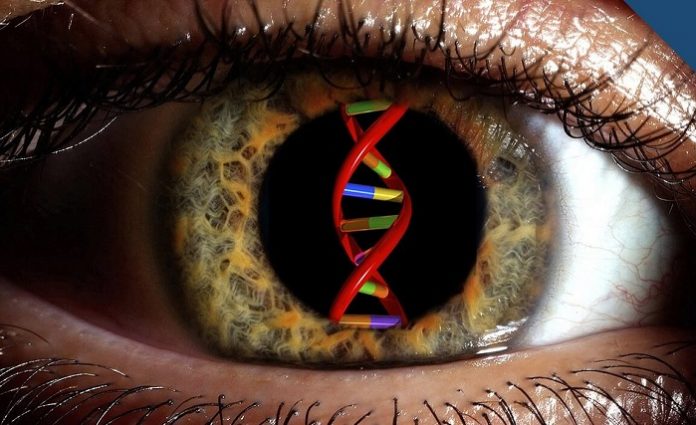Currently people who become blind due to degeneration of the retina in the eye have only one option — electronic eye implants. Neuroscientists at the University of California Berkeley, in the United States say they now have an alternative — gene therapy. By inserting a gene for green-light receptor into the eyes of blind mice the scientists were able to restore sight. A month after the insertion, the mice were able to navigate around obstacles as easily as mice with vision.
The researchers say that, within as little as three years, the gene therapy — delivered via an inactivated virus — could be tried in humans who have lost sight because of retinal degeneration, ideally giving them enough vision to move around and potentially restoring their ability to read or watch video.
About 170 million people worldwide live with age-related macular degeneration, which strikes one in 10 people over the age of 55, while 1.7 million people worldwide have the most common form of inherited blindness, retinitis pigmentosa, which typically leaves people blind by the age of 40. The burden of disease is enormous among people with severe, disabling vision loss, and they could be among the first candidates to benefit from this innovative therapy. Currently, options for such patients are limited invasive and expensive electronic eye implant hooked to a video camera that sits on a pair of glasses.
The awkward setup produces an image on the retina that is equivalent, currently, to a few hundred pixels. Normal, sharp vision involves millions of pixels. Correcting the genetic defect responsible for retinal degeneration is not straightforward, either, because there are more than 250 different genetic mutations responsible for retinitis pigmentosa alone. About 90 percent of these kill the retina’s photoreceptor cells— the rods, sensitive to dim light, and the cones, for daylight color perception. But retinal degeneration typically spares other layers of retinal cells, including the bipolar and the retinal ganglion cells, which can remain healthy, though insensitive to light, for decades after people become totally blind.
In their trials in mice, the UC Berkeley team succeeded in making 90 percent of ganglion cells light sensitive. To reverse blindness in these mice, the researchers designed a virus targeted to retinal ganglion cells and loaded it with the gene for a light-sensitive receptor, the green (medium-wavelength) cone opsin.
Normally, this opsin is expressed only by cone photoreceptor cells and makes them sensitive to green-yellow light. When injected into the eye, the virus carried the gene into ganglion cells, which normally are insensitive to light, and made them light-sensitive and able to send signals to the brain that were interpreted as sight.
The researchers admit that to deliver the opsins to treat humans, they would need to inject many more virus particles because the human eye contains thousands of times more ganglion cells than the mouse eye. But the UC Berkeley team said they have developed the means to enhance viral delivery and hopes to insert the new light sensor into a similarly high percentage of ganglion cells, an amount equivalent to the very high pixel numbers in a camera.
The research team is now working on testing variations on the theme that could restore color vision and further increase acuity and adaptation. They are also raising funds to take the gene therapy into a human trial within three years.
















